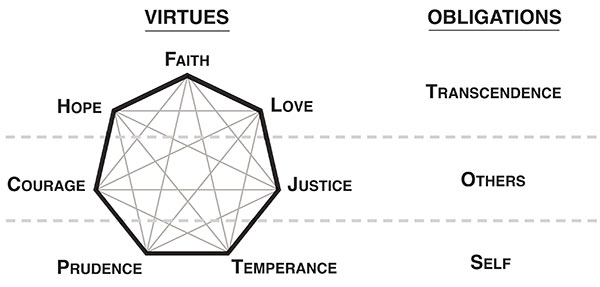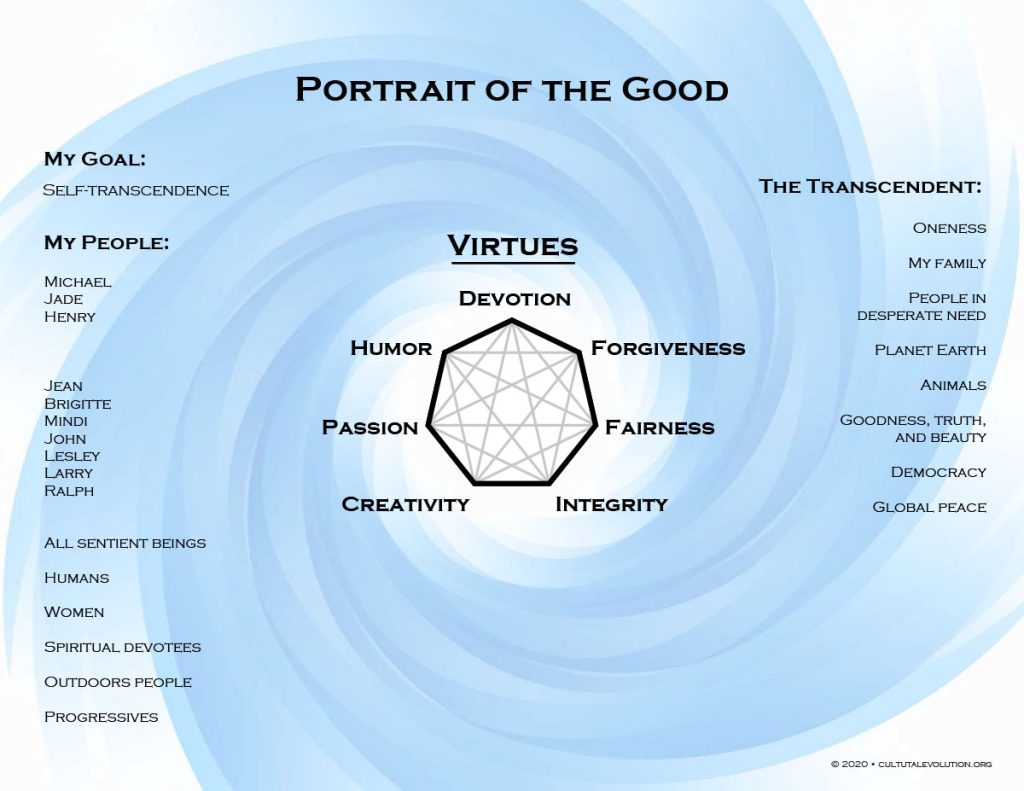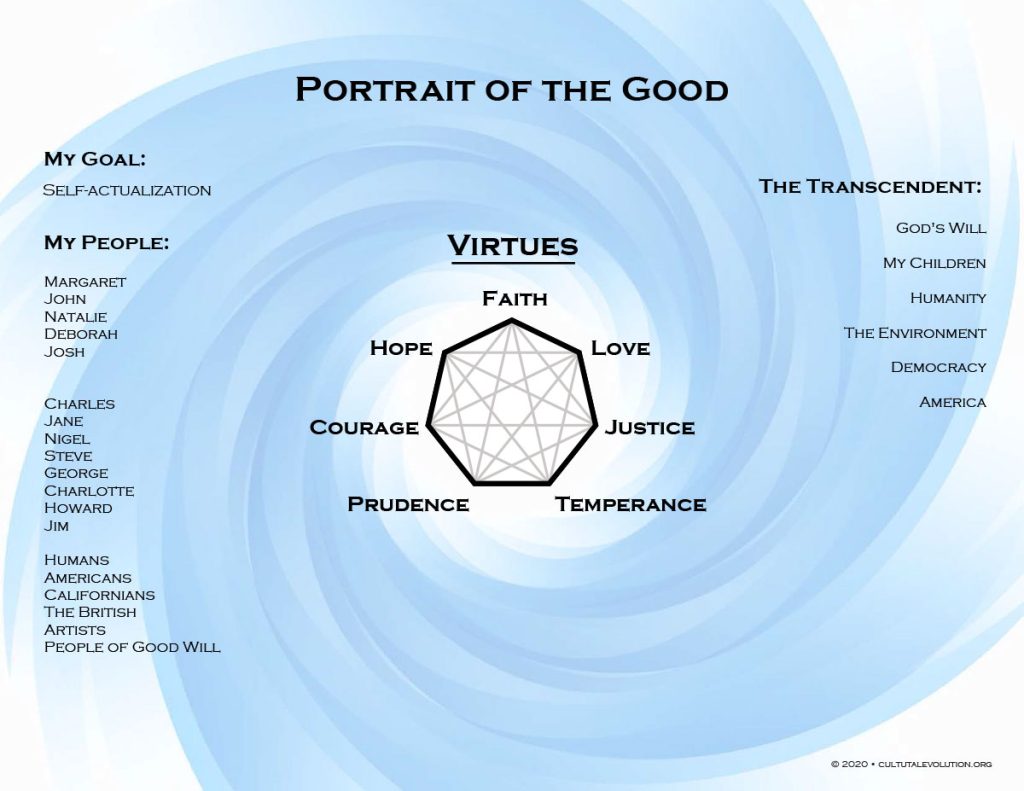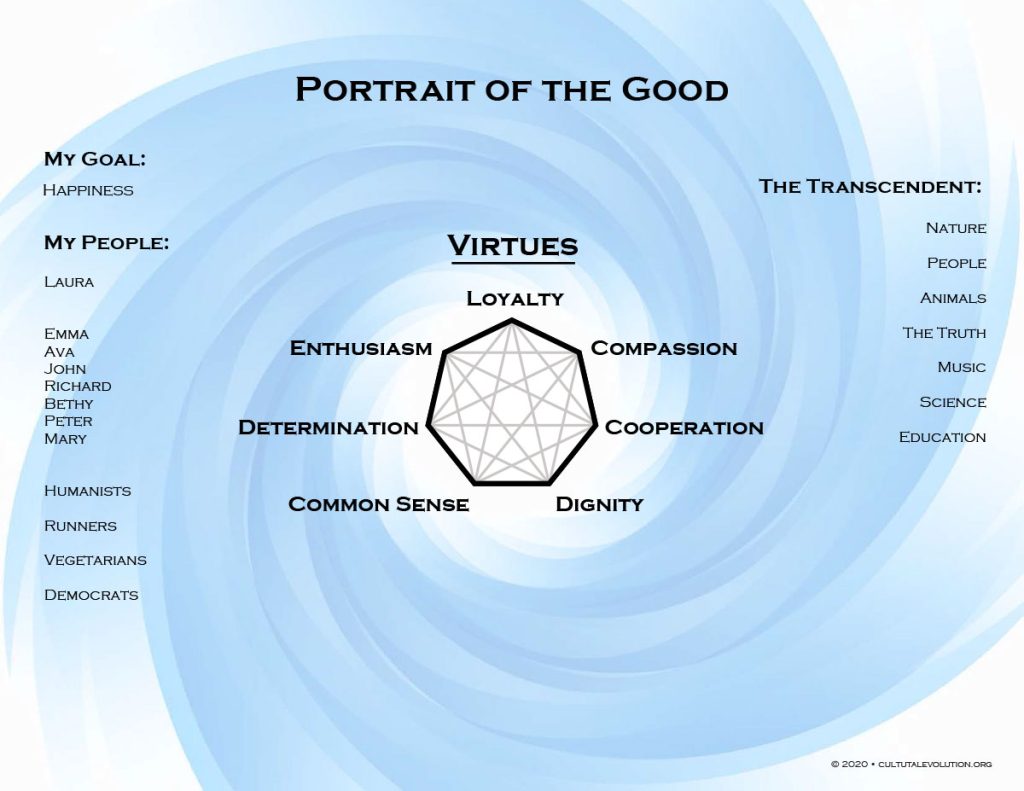“This airport is f—ing insane.”
The message flashed across my phone at 11PM Pacific Time.
“Yeah it is!” I texted back immediately.
My wife was trying to negotiate New York’s JFK airport at 2AM on a cold, rainy December night, after a delayed flight. The aggressive unlicensed cabbies (mostly male), the sheer mass of travelers, the limited space, the antiquated technology, the feeling that it was all built for another era—added up to a nightmarish travel experience. As with much of America’s travel infrastructure, current realities have simply overwhelmed any original plan for how things should function. The airport’s drop off and pick up points were likely designed decades ago, for travelers of another era. The hotel shuttle was a train ride away. Ride-share cars swarmed the curbside, and travelers clutching smartphones dodged puddles and potholes while frantically trying to identify their vehicles before frustrated officials waved them by. Connecting trains required complicated maze-like negotiation, and broken payment systems slowed everything down even more. Just navigating through the flagship airport of one of the wealthiest cities in history, without getting lost, fleeced, or worse, somehow required a master’s in urban planning combined with a minor in New York attitude.
That’s how India used to be, I thought to myself. Indeed, I have fond memories of my trips to India in my early twenties, negotiating the byzantine cultural and physical infrastructure of that wonderful, ancient land. In those days, weary, bleary-eyed travelers would arrive at the Delhi or Calcutta Airport in the middle of the night to a sea of honking horns, insistent cab drivers trying to usher you into their car and take you to a different hotel than the one you requested, roads that barely deserved the name, and crowds of jostling people everywhere. I loved the intriguing chaos of India as a young traveler but that didn’t mean I loved everything about its crumbling, inadequate infrastructure. And it certainly didn’t mean I wanted those issues to migrate from East to West. But they have—with a vengeance. Even as the East has undergone massive upgrades to their own infrastructure, America has, well . . . not so much.
Earlier that same day, I had dropped my wife off at SFO, just south of San Francisco. The Bay Area is another infrastructure nightmare these days, and SFO is not exempt. As we waited in a long line of cars and buses all struggling to reach the departure point, hundreds of travelers waited for their Uber or Lyfts (which are only allowed to pick up at the Departures level), blocking incoming vehicles. Obviously, the airport was not built to accommodate the number of people, flights, or ride-sharing armadas, and is failing to keep pace. Bizarrely, a sign suggested that we consider dropping off at the Arrivals level instead.
The whole day just hammered home the experience I have quite frequently these days. It’s not just travel. Urban infrastructure in America is frankly, and embarrassingly, failing us. And the Bay Area, as wonderful as it can be in so many ways, is the one of several poster children for this disaster.
Traffic. Housing. Bridges. Airports. Energy. Trains. Transit. And that doesn’t even get at the technology infrastructure. 5G? Our cities are failing to adjust to burgeoning populations, and our politics are the same. Watching the ineptitude of local government in my region has been an eye opener. There doesn’t seem to be a political incentive system adequate to respond to these issues. And don’t even get me started on homelessness, another way our fair state is beginning to increasingly resemble parts of India in the nineties. Admittedly, these are problems more prevalent in coastal cities than the interior of the country, but my friends in the “middle” should be careful about gloating. California leads in many things and its problems are likely already coming soon to a city near you. Perhaps they have already arrived.
So what’s at the root of the problem? There is no easy answer. But somewhere in the unholy hinterland between polarization, urbanization, NIMBYism (Not In My Backyard-ism), cronyism, anti-government-ism, the regulatory state, the aftermath of the great financial crisis, the law of entropy, and just sheer dysfunction, lies the wicked answer. And no party or political orientation has a monopoly on this one. Republicans? They’ve resisted adequate investment for years. Democrats? Not a big priority, it would seem—and remember, this is happening in cities where progressives mostly control all the strings. Are late modernist countries with aging populations simply more concerned about entitlements and health care—and protecting their own immediate interests—than building infrastructure that serves a better future?
When I first moved to California in the early 90s, it was right after the Loma Prieta Earthquake of 89, which damaged the Eastern span of the Bay Bridge. I lived on the West Coast for half a decade, then moved to the East Coast for 15 years. Still no replacement. When I finally moved back to the Bay almost a quarter century later, lo and behold, the new Bay Bridge was almost done! It’s a really nice bridge, but give me a break. This is no way to run a city, region, state, or country. Not one that works for everyday people.
In truth, we probably already need another Bay Bridge to handle the traffic, and two more Golden Gates (and some new subways under the Bay as well). But of course, that would only make San Francisco busier and it can’t handle the traffic as it is! But jobs are there, people want to live there, business is booming. But there simply aren’t enough roads, bridges, or houses to go around.
We’ve gone through periods in our history where cities seemed much more unlivable, and managed to grow beyond them. So perhaps this is just the return of a familiar cycle. But now that more and more people want to live near urban centers, this is an issue of increasing urgency. Experts tell us that by 2040, two out of three people in the world will live in urban centers. Establishing a real pathway toward a livable, functional urban experience would be a huge contribution to the next century of civilization. But like a lot of urgent issues that demand government play a role, it’s going to be hard to get there unless government is itself, well, functional.
We also have to be smart about addressing the issue—we don’t want to get stuck in using old maps to navigate new territories. For example, the advent of ride-sharing and (eventually) self-driving cars, will entirely upend our infrastructure needs. Let’s not build for an old world, connecting wires, when wireless is just around the corner. There was a point in history, remember, when manure was the huge urban problem. Not so much these days. Many decades later, it was smog. That has improved as well (I recently visited Havana, Cuba, where the cars are almost all from the 1950s, and the experience left me very grateful for the catalytic converter). We have managed to deal with previous challenges, either through smart policy or technical innovation. Surely, we can do so again.
Cautionary tales are not hard to find. My hometown of Oakland spent half a billion, with almost $400 million in cost overruns (don’t even get me started on why such projects are so expensive) to connect the regional transit system BART to the local airport. Great idea. But just as they finished, Uber and Lyft came along, and bingo, a much more convenient way to get to the airport. So the new connector is chugging back and forth half empty and losing lots of money. That’s the danger with infrastructure; you can get caught in a previous era, making roads better for horses while the car arrives and changes everything. Perhaps the BART connector was still a good investment, serving low-income residents better than Uber and Lyft, but wait until self-driving cars come along and drive comparative costs down even further.
Some of these issues will be solved in unexpected ways. Ride-sharing has solved some problems while creating others. New scooter tech is the same. Elon Musk and his Boring Company hold some promise. Hyperloop anyone? Flying cars? Smarter grids? How about raised trains between cities that connect to underground urban passageways that also carry 5G infrastructure and could eventually be used for hyperloop technology? Let’s get creative, people! We all need to channel our inner Elon Musk. We need to dig into this issue, before the currently popular dystopian visions of the future fully claim our imagination and we can barely remember, much less imagine, a country where things actually, you know, worked.
If I were President for a day (or a week, or four years), I would make this a huge priority. I know there is justified concern that government will screw it up. Waste tons of money. Undoubtedly true. Sometimes I feel like progressive governments in my home region are more interested in jobs programs and money for their preferred fleet of well-intentioned local non-profits struggling to address urban issues (but rarely succeeding) than truly impacting things like homelessness, needle proliferation, housing affordability, education, dumping, transportation infrastructure, etc. Good intentions are better than bad ones, but they lead nowhere in and of themselves.
But turning our backs is not an option either. We can be agnostic on the source of solutions without pretending they will go away. And government—federal, state, regional, local—will need to play an effective role, either directly through effective investment, or indirectly through facilitating and incentivizing better private sector interventions. It will mean that the Left has to restrain its tendency to use government largess as a means to primarily achieve its own social justice and labor commitments. Likewise, the Right has to get past using governmental dysfunction as a justification to simply confirm its distrust of the public sector.
As with many things, the politics of infrastructure reflect the politics of the moment, which is to say, an ideological battle with little common ground. I watch today as the Left seems largely concerned about redressing the economic and cultural wrongs of yesteryear and the Right is so obsessed with reacting and protecting itself from the Left’s perceived overreach, and I wonder: who is left to dream of a bright tomorrow? Where is a positive, forward-looking, constructive, open, inclusive, results-oriented vision of “America First”?
It’s not all bad news. In fits and starts, I can see local politics in the Bay Area slowly beginning to turn, though it’s definitely a lagging indicator. But federal attention is otherwise preoccupied. Even as I write this, the government is officially “shut down.” One way or another, government (including state and regional) needs to work better if progress is to be made, and for that to happen, we’ll have to deal with the cultural polarization that haunts our politics. Ultimately, building a livable urban future means that our politics have to evolve, and in the end, that means our culture may need to as well.







It’s certainly a problem here in the UK as well. Just been reading how a private executive cab company Addison Lee abuses its cab drivers charging hi rents and taking large overheads. It’s something out of a Steinbeck novel. Corporate greed and a failing capitalist economy mixed with a failure in politics and short sightedness but also a loss of a common vision of what is good and right and helps everyone. We’re fractured into selfhoods and lack social and community mindedness.
The reports about 5G worry me and I’m not in favour of a mass rollout in this belief if an internet of things. I understand why Silicon Valley executives don’t let their children near the internet for periods of the day. But really what you seem to want is communication and planning and thoughtfulness in a world of fracture.
Hi Carter – I couldn’t agree more with you about the inadequate systems and infrastructures of our cities. I wonder if you would follow my proposition is that just as the LR systems that Wilber talks about not being matched by a requisite LL spiritual/cultural development – our city governance/cultures are sadly underdeveloped. So it isn’t just that our structures/infrastructures are incoherent, they are not resonant with the consciousness and culture. However the good news could be that things are so dissonant, the life conditions look like emergence of new governance may be a next natural step (out of desperation 🙂 … Come visit Integral City sometime while we try to puzzle this out 🙂